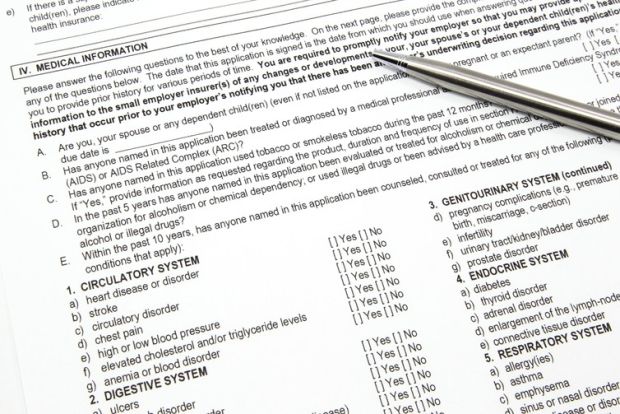
Modern technology means it has never been easier or more cost-effective to store and access information.
So it is surprising then that many government departments, from LGAs to federal agencies, are still relying on audio and video tapes to store their crucial records.
While legislation mandates the retention of some of this content, such as parliamentary sittings and defence information, some content is important simply because it holds cultural significance and is highly valued by the community.
Regardless of the reasons for retention, much of this important data is on the verge of extinction.
Time is running out
It is a race against time, because of degradation of the storage media, which threatens the quality and the very existence of the data they contain. Magnetic tape is very fragile and degrades over time. Destructive forces, such as mould, can cause permanent damage to audiovisual records and result in content being lost forever.
The inconvenience of lost information and sentimental content is one thing, but consider the financial impact the loss of many of these physical records may have. The cost of storage, preservation, maintenance and administration of a physical archive is also an unnecessary expenditure.
Even if the physical records are successfully protected from magnetic media degradation, ongoing access to these records will soon be impossible, due to technology obsolescence. The video and audio playback equipment required to play these media are often no longer manufactured or supported. Niche hardware collectors will be of little help, as the supply of spare parts is also vanishing at an alarming rate.
The scarcity of this technology and the skill required to operate it will soon become prohibitively expensive. That means much important government content will be inaccessible. Digitisation of AV media will be near impossible by 2025, according to The National Film and Sound Archive’s ‘Deadline 2025’ paper, for this very reason.
This means governments have only seven years to save vital content currently stored in physical media archives. To give context to how short this timeframe really is, a recent statement from six of Australia’s national collecting institutions indicate that they alone hold close to 850,000 hours of content.
With this volume of hours representing only a part of the tape-based media archives that exist in Australia, there is a very real prospect that content will be lost if action is not taken now.
What is the solution?
Digitising this content is the only viable method of preserving and accessing these records. But it still requires scarce playback technology and the knowledge needed to facilitate the transformation process.
Getting started on the media digitisation journey begins with making sure everyone in your organisation is on board. Then a stocktake of what your agency has in its existing physical collection will be required. Identify all the articles that are appropriate for digitisation before engaging an internal or external service to start an audiovisual digitisation program. And make sure you assign ownership responsibilities to various parts of the process; such as quality checking the digitised product.
Are many government bodies taking action?
The change to a digital format is inevitable. The longer this change is postponed, the higher the cost of the exercise and greater the risk of content loss.
According to the FY14 Preservation Statistics Report commissioned by the American Library Association, there are very few signs that American custodians are preparing their archives against the inevitable loss of content.
Fortunately many Australian organisations are more proactive and are beginning to digitise their collections. Australian Parliamentary Services, for example, has already digitised more than 55,000 hours of content. Many local governments are taking steps to preserve their audiovisual heritage.
Government bodies that are undertaking the digitisation process can see benefits such as:
- Content loss risk mitigation.
- Content is incorporated into digital preservation programs to ensure its long-term availability.
- Cost savings through simpler access to and storage of media.
- Budget savings from early adoption and avoiding the rising cost of digitisation due to resource scarcity.
- Community engagement – providing easy access to those that desire it.
For those who have not started to digitise their videotape and audiotape records, the time to act is now.
For an in-depth look at what technology obsolescence means for video and audio tape records in your collection, as well as ways to get started on your digitisation journey, download The Time to Digitise is Now white paper today.
Adam Hodgkinson is Business Manager at DAMsmart. www.damsmart.com.au
Comment below to have your say on this story.
If you have a news story or tip-off, get in touch at editorial@governmentnews.com.au.
Sign up to the Government News newsletter.
